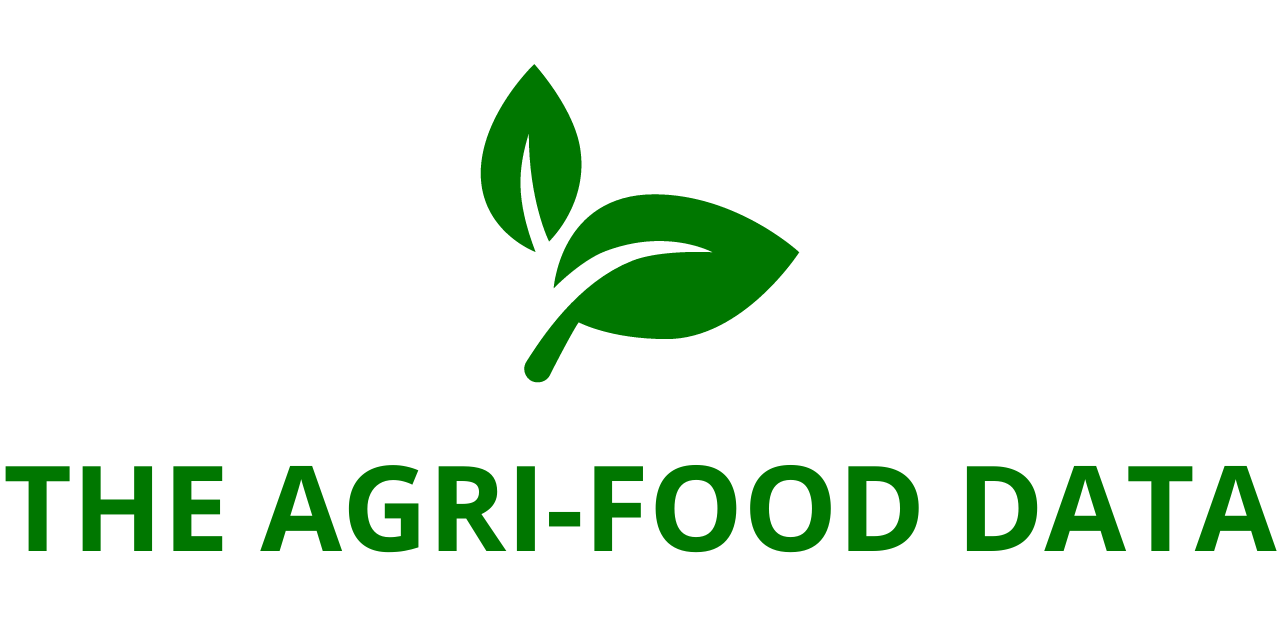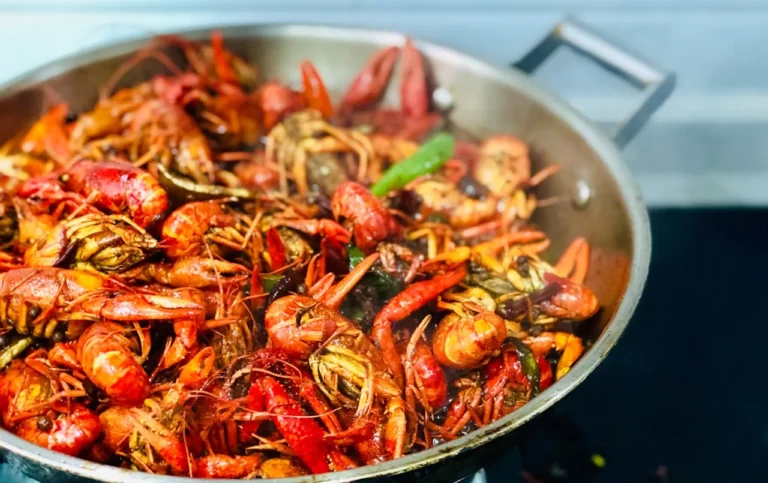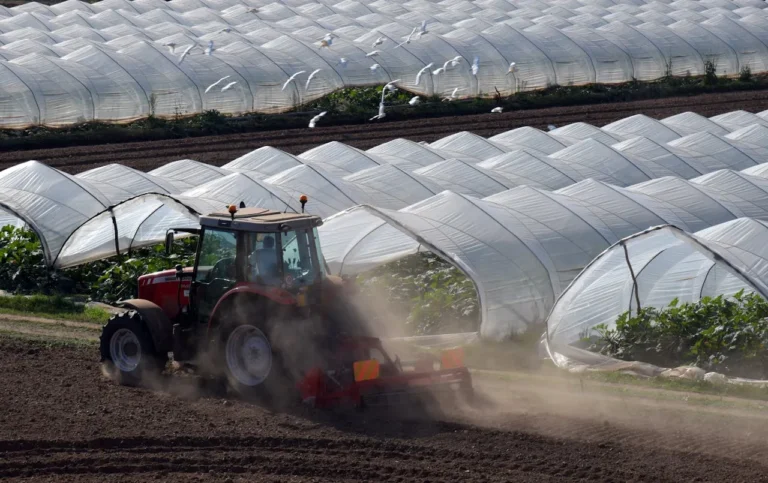
In 2023, the global chocolate confectionery market was valued at approximately $148.54 billion, with projections indicating growth to $213.22 billion by 2029. This growth is fueled by rising consumer demand for premium and dark chocolate, viewed as both a comfort food and a healthier treat. Increasing urbanization and higher disposable incomes in developing countries have also driven expansion in the premium chocolate segment.
A shift towards health-conscious choices has led to the development of products tailored to specific lifestyles, such as reduced-sugar and dairy-free options. The popularity of unique flavors, textures, and ethically sourced ingredients is boosting the demand for artisanal and organic chocolate. The market is expected to expand at a compound annual growth rate (CAGR) of 6.21% from 2024 to 2029.
Market Segmentation Analysis
By Category: The market can be divided into seven segments: tablets/molded bars, countlines, boxed assortments, pouches and bags, seasonal chocolates, chocolates with toys, and others. Tablets/molded bars lead the market, driven by rising incomes, convenience, nostalgia, and increased spending on indulgences. Meanwhile, chocolates with toys are the fastest-growing segment, appealing to children and parents alike due to interactive features and novelty.
By Product Type: The chocolate market comprises milk, dark, and white chocolate. Milk chocolate remains the most popular, known for its creamy texture and versatile applications, bolstered by innovations in flavors and sustainable sourcing. Dark chocolate is the fastest-growing, benefiting from rising awareness of its health benefits, increased vegan and plant-based diets, and a preference for premium and artisanal varieties.
By Price Point: The market segments into economy, mid-range, and luxury chocolates. The economy segment dominates, catering to budget-conscious consumers through mass retail availability, discounts, and private-label offerings. However, mid-range chocolates are set to grow the fastest, appealing to a broad audience with quality products at affordable prices.
By Age Group: Adults represent the largest and fastest-growing consumer group. Their demand for premium and gourmet chocolates, awareness of cocoa’s origins, and preference for chocolates as indulgent gifts or self-rewards fuel this trend. Online platforms and social media have also helped to popularize chocolate experiences and flavor trends.
By Distribution Channel: The market is segmented into supermarkets/hypermarkets, convenience stores, specialty stores, e-commerce, duty-free shops, and others. Supermarkets and hypermarkets dominate, providing diverse offerings, promotions, and bulk purchasing options. E-commerce is the fastest-growing channel, driven by consumer preference for online shopping, home delivery, and product comparison.
By Region: Europe is the largest market, with a strong tradition of chocolate consumption and renowned brands like Cadbury, Ferrero, and Lindt. Factors such as a mature market, high disposable income, and a taste for luxury chocolate support Europe’s dominance. The region has also seen growing demand for healthier chocolate options, such as high-cocoa, low-sugar varieties.
In contrast, the Asia-Pacific region is the fastest-growing market. Factors like rising incomes, a large population, and evolving consumer perceptions contribute to this growth. In countries like China and India, chocolate is shifting from an exotic luxury to an everyday indulgence, influenced by global cultural exposure and marketing strategies.





